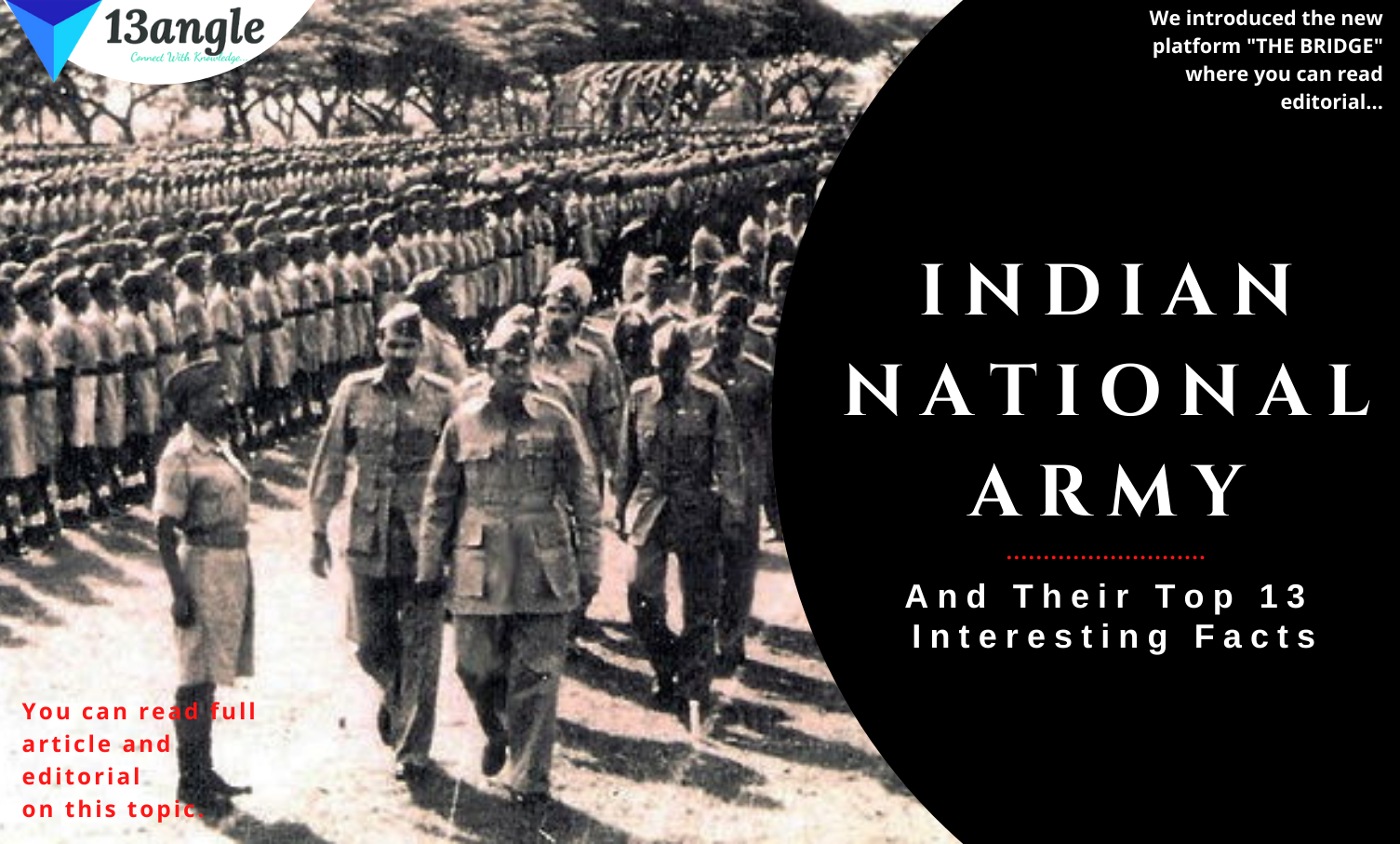
The United Nations defines the term hunger as a period when a population is experiencing severe food insecurity. Severe food insecurity is when a population is without access to food for entire days. Eradicating hunger is one of the United Nations millennium development goals as they hope to have extreme hunger and poverty eliminated by the end of the millennium. Hunger and poverty often go hand-in-hand and hunger in modern society is often caused by armed conflict and displacement. In this article, I will be providing a brief overview of nations currently experiencing the most severe food shortages, looking at some of the worst famines in history as well as assessing the role of the United Nations in eradicating hunger and poverty.
Current Hunger Crisis
Famine and hunger are pressing issues in modern society, most notably in developing regions of the world such as Africa and the Middle East. African nations are suffering from a famine crisis. As of August 2021, the most severe famine crises in the world are in the Democratic Republic of Congo and Yemen. Both countries are in a period of internal turmoil and conflict. Other countries with shortages in the food supply are South Sudan, Nigeria, and Syria. All the aforementioned nations have been going through periods of internal conflict and have a high degree of corruption within their governments. Famine is often aside-effect of war and conflict and as we will see, all the nations with the worst hunger crises often are in conflict.
Yemen
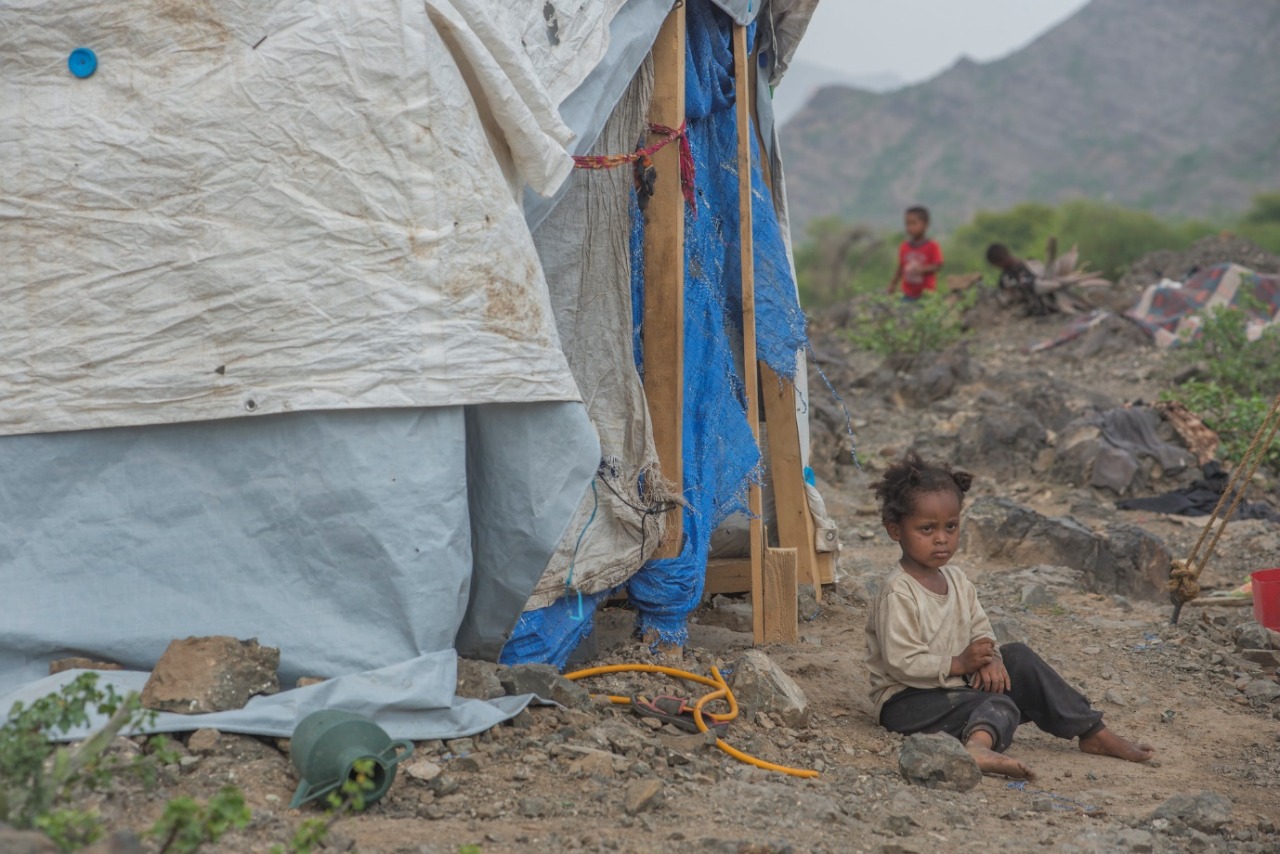
Yemen is one of, if not the worst, humanitarian crises in the world. Yemen has a population of approximately 30 million as of 2020. In the World Food Programme’s latest situation report (June 2021) estimates that at least 20.7 million people require humanitarian assistance in Yemen and at least 16.2 million people are food insecure. This means that at least 16.2 million people in Yemen do not have proper access to food. Over 5 million people in Yemen are on the brink of famine as the conflict and economic decline have left families struggling to find enough food to get through the day. Children are severely affected by severe food insecurity as in any given year 1.8 million children suffering from acute malnutrition. 400,000 children on any given day suffering from a life-threatening form of severe acute malnutrition. Forty percent of these 400,000 are living in Hodeida and in neighbouring governorates where the war is raging.
Democratic Republic of Congo

The Democratic Republic of Congo has been engulfed in a complex humanitarian crisis for a few decades now. A series of internal conflicts between warring factions has resulted in the country remaining unstable and in need of humanitarian aid for the past few years. The situation has worsened considerably since 2015, which has resulted in an increase in food insecurity and hunger. The DRC has a population of approximately 69.4 million and is the second-largest country in Africa by landmass. The DRC is rich with farmland and has eight months of rain in a year and possesses the agricultural potential to feed up to 2 billion people, which makes their hunger crisis even more devastating as they have the resources to feed their population. A combination of insecurity, poor governance, and conflict has meant that the country has never been stable enough to take advantage of its natural resources. In fact, the DRC has not had a peaceful transition of power since its independence from Belgium. This combination of circumstances has resulted in the Congo becoming the worst humanitarian crisis in the world according to the United Nations. Approximately 27.3 million people are facing acute levels of hunger and nearly 7 million people are one step is away from famine levels of food insecurity.
South Sudan
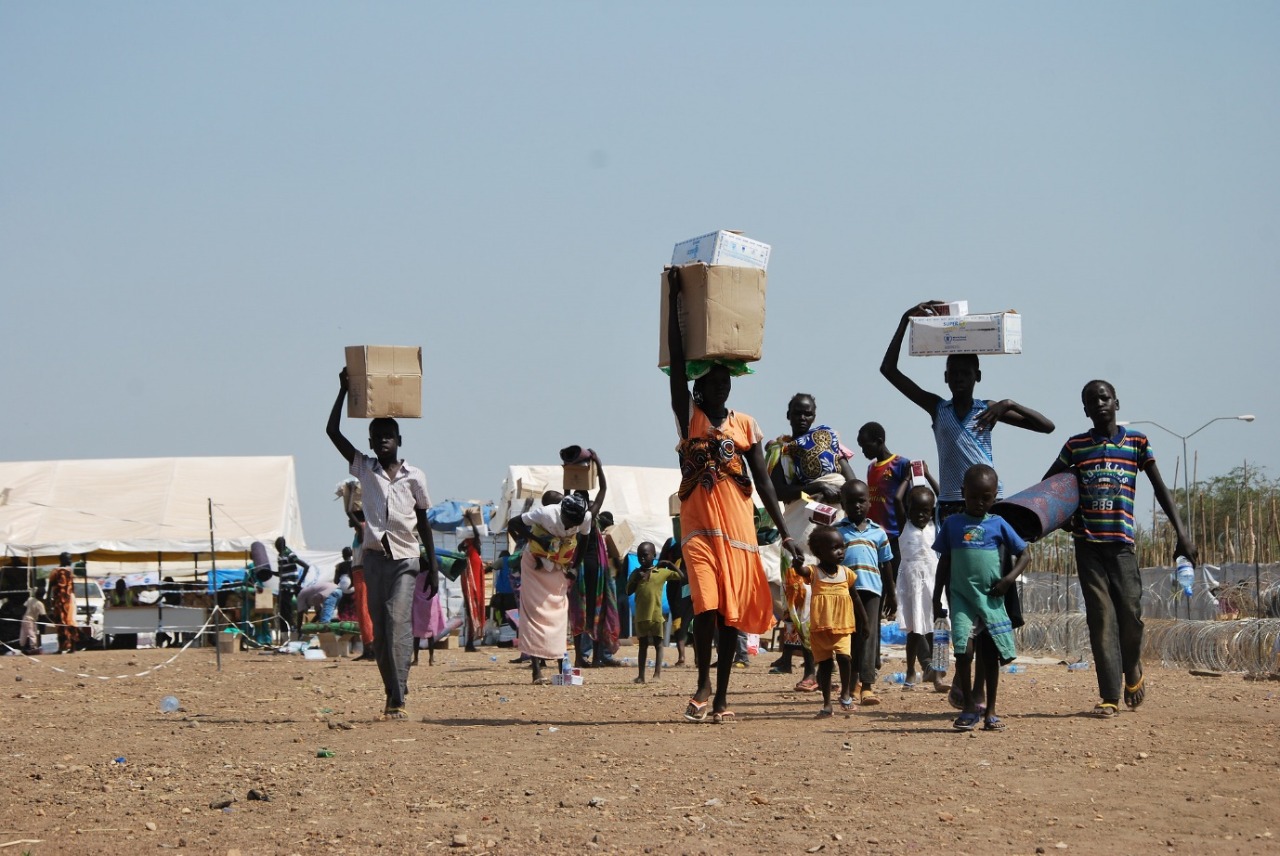
South Sudan is one of the youngest nations on the planet, having separated from Sudan in 2011. However, the country’s first decade of independence has not been very peaceful. Violence, corruption, poverty, and underdevelopment have stagnated the development of the nation and have also caused widespread food shortages. The WFP estimates that approximately 5 of the 11 million people in the country need food assistance and further 1.47 million people and internally displaced. A collapsing economy reduced crop production and dependence on imports seriously undermine people’s ability to secure sufficient nutritious food all year round, putting millions of lives at risk. The food shortage in the country also disproportionately affects the women in the country as cultural norms and decades of violence have instilled deep gender inequalities.
Nigeria
The most populous country in Africa, Nigeria, is also facing food scarcity and needs humanitarian assistance. Conflict is the primary driver of food insecurity in the nation. Conflict in its Northeast region has displaced 1.92 million people and left another 7.7 million in need of humanitarian assistance in Borno, Adamawa, and Yobe states. Three million of them are in Borno State, the epicenter of the insurgency. However, the entirety of Nigeria suffers from poverty and poverty-related issues. Approximately 60% of the population live below the poverty line and as a result, they suffer from malnutrition and lack of proper access to food. The Covid-19 pandemic has contributed to rising food prices which may result in more widespread hunger across the nations.
Syria

The Syrian conflict is now 10 years old, and the humanitarian crisis remains as dire. Millions of people have been displaced from their homes, and those who remain are struggling to access sufficient food and rebuild their lives. Conflict, mass population displacement, and unprecedented economic pressures are driving hunger. The WFP estimates that at least 12.4 million people in Syria are food insecure and do not have proper access to food.
This is an increase of 4.5 million from the previous year which indicates that the situation is only being worsened, especially with the onset of the Coronavirus pandemic. Syria has a population of approximately 18.2 million, which means that 60% of the country’s total population is food insecure. The conflict has also caused 75% of the population to live in extreme poverty and 6.5 million others face severe food insecurity. The primary driver of the food crisis in Syria can only be attributed to the conflict that is still ongoing in the country.
History of Famine
Famine seems to be ever-present in modern times, but history is littered with periods of famine and extreme food shortages. Modern society has benefitted greatly from advancements in farming technology and the globalization of trade which has allowed famine and hunger to be largely addressed in most parts of the world. As noted in the previous section, famine and food insecurity in modern society stem from conflict and war. Famine in history is more often related to food shortages caused by diseases affecting crops, extreme weather as well as conflict, and war.
Chinese Famines
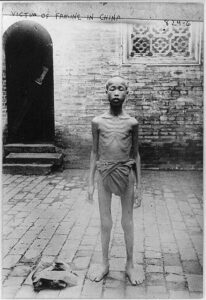
China holds the unfortunate position of recording two of the deadliest famines in history; the Great Leap Forward famine of 1959-61 and the Chinese famine of 1907. The Chinese famine of 1907 was a famine crisis predominantly in Northern China, in the Northern Jiangsu region of China. The cause of the famine was due to intense rainfall and intense flooding. Intense rainfall was estimated to have fallen in the region for three consecutive months which also caused massive flooding.
After the flood and rains had devastated the Chinese region, the hunger crisis developed to further deteriorate the situation. An estimated 40,000 square miles of land was flooded which resulted in crops and farming lands being completely washed away. Food production was halted as a result and in the following year many people had no access to food, and the population started to die of starvation. An estimated 25 million died.
The Great Leap Forward famine of 1959-61 occurred due to a campaign taken by the new Chinese communist party that aimed to organize its vast population and to meet China’s industrial and agricultural problems. The communist leader of China at the time, Mao Zedong, adopted a Stalinist Ideology and emphasized heavy industries and particularly the production of steel. Over ten million peasants were forcibly relocated from the fields to mine local limestone and ore deposits. With the labor force focused on steel production, there was no one to farm the land and harvest crops. The government’s plan for food production was also carelessly implemented through the implementation of underfunded agricultural communes which were allocated less land than required. With this implementation, the supply of food dropped to very nearly equal demand in the year 1958. As a result, 1959 was the year of famine when the supply was further reduced, and so demand was surpassed. The widespread reforms meant this affected a third of China’s provinces. An estimated 15-45 million people died due to starvation in this period.
Soviet Famines

The deadliest of the Soviet famines came in 1932 as Stalin’s first five-year plan concluded. His first five-year plan concentrated on developing heavy industry and collectivizing agriculture, at the cost of a drastic fall in consumer goods. Many historians primarily accredit the famine of 1932 to the collectivizing of agriculture which was accompanied by several droughts during the same period. An estimated 3.5-7.5 million people have been estimated to die due to the famine directly or complications caused by extreme malnutrition and birth defects. The majority of deaths occurred in the major grain-producing regions of the Soviet Union, including Ukraine, Northern Caucasus, Volga Region, and Kazakhstan, the South Urals, and West Siberia. Some scholars identify the famine as an attempt by Stalin to commit genocide against ethnic Ukrainians and Kazakhs, however, this claim is disputed and others argue that it was in fact due to the class dynamics between land-owning peasants with a strong political interest in private property and the ruling Communist Party’s fundamental tenets, which were opposed to those interests.
Farming Revolution
Agriculture and farming culture have been developing ever since the beginning of civilization. As early as 5500 BCE, the Sumerian civilization of the Middle East and other early pre-Greco-Roman civilizations understood the need for organized agricultural practices which resulted in the invention of technology such as irrigation. The major leap in farming technology took place in mid-17th and late 19th centuries in Great Britain where agricultural output grew faster than the population and thereafter productivity remained among the highest in the world. This increase in the food supply contributed to the rapid growth of population in England and Wales, from 5.5 million in 1700 to over 9 million by 1801. Major developments such as the invention of the tractor in the late 19th century and the globalization of trade meant that food production and food security increased for most of the developed world. As food supply became less reliant on individual farming societies and became more reliant on trade and large centralized farms, famine became less and less common as the world moved into the 20th century. The food insecurities of the 20th and 21st centuries tended to be man-made or due to conflict.
Institutions Fighting Hunger
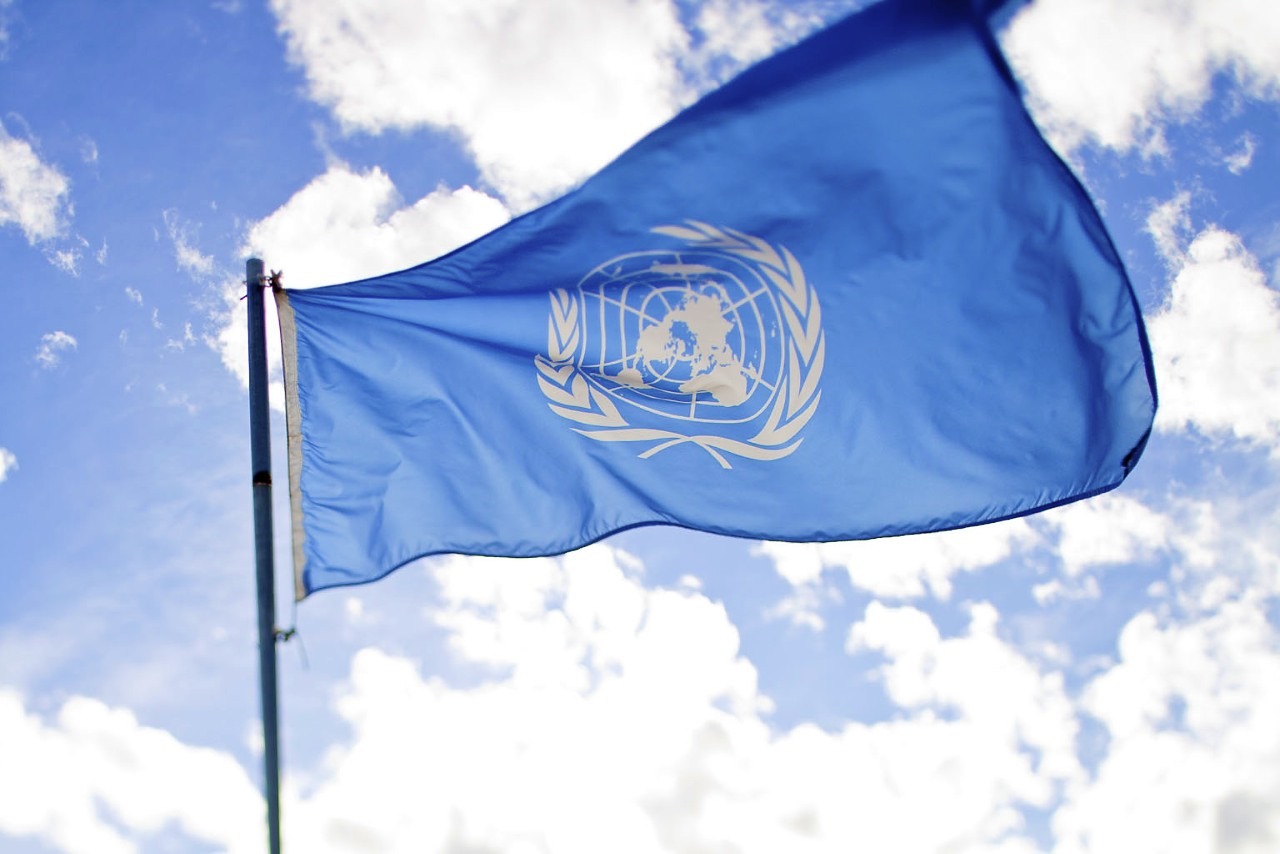
The fight against hunger is ongoing and will continue to do so for some time in the future. One of the United Nations Millennium Development Goals is to eradicate extreme hunger and poverty. This goal is being pursued relentlessly by many United Nations agencies as eradicating hunger and poverty is viewed as one of the major obstacles for humanity going forward. There are also many non-profit and non-governmental organizations all around the world that are working towards ending hunger and providing aid and humanitarian assistance where needed.
World Food Programme (WFP)
World Food Programme is the largest United Nations organization with 20,000 staff worldwide in 84 countries. They work to bring life-saving food to people displaced by conflict and made destitute by disasters and help individuals and communities find life-changing solutions to the multiple challenges they face in building better futures. The WFP is working with more than 900 national and international NGOs (non-governmental organizations) to end hunger, achieve food security, and improve nutrition by 2030. On any given day, WFP has 5,600 trucks, 30 ships, and nearly 100 planes on the move, delivering food and other assistance to those in most need. Every year, they distribute more than 15 billion rations at an estimated average cost per ration of US$ 0.61. They also focus on nutrition especially for mothers and children, addressing malnutrition from the earliest stages of life. Due to all the outstanding work done by WFP in 2020, they were awarded the Nobel Peace Prize.
Food and Agriculture Organisation (FAO)
Food and Agriculture Organisation is a specialized organization in the United Nations that leads the international efforts to overcome hunger. FAO’s goal is to ensure food security for all and have regular access to high-quality food. They work in over 130 countries across the globe. They oversee projects in some of the poorest nations in the world to promote food sustainability and develop self-sufficient agricultural practices. They are working to end hunger in areas devasted by natural disasters and wars by providing aid and assistance where possible.
International Fund for Agricultural Development (IFAD)
International Fund for Agricultural Development is a United Nations organization that works specifically with rural communities to develop and finance agricultural development projects primarily in developing countries. The primary aim of IFAD is to introduce, expand or improve food production systems and to strengthen related policies and institutions. IFAD works to equip rural and underdeveloped communities with the necessary tools and knowledge to become self-sufficient.
Summary
Fighting hunger and extreme poverty has been and remains to be one of the toughest challenges facing humanity. Throughout history, famine and food shortages have been frequent and often deadly as a combination of natural disasters and poor farming practices meant that people frequently faced food insecurity. Advancements in technology and globalization of trade have meant that food shortages due to natural disasters are very limited and can be easily dealt with however war and armed conflict still drives food insecurity in large parts of the developing world. The United Nations and its various agencies are working to end extreme poverty and hunger through a variety of methods including providing humanitarian aid and developing sustainable agriculture for rural communities.
Top 13 Interesting Facts About Global Hunger
One in nine people globally is still going to bed hungry.
Approximately 690 million people globally are undernourished.
As many as 811 million people worldwide go to bed hungry each night.
Small farmers, herders, and fishermen produce about 70 percent of the global food supply, yet they are especially vulnerable to food insecurity – poverty and hunger are most acute among rural populations.
Conflict is a cause and consequence of hunger. In 2020, conflict was the primary driver of hunger for 99.1 million people in 23 countries
An estimated 14 million children under the age of five worldwide suffer from severe acute malnutrition, also known as severe wasting, yet only 25 percent of acutely malnourished children have access to lifesaving treatment.
In 2015 the global community adopted the 17 Global Goals for Sustainable Development to improve people’s lives by 2030 one of which pledges to end hunger, achieve food security, improve nutrition, and promote sustainable agriculture.
There are 216 million fewer hungry people than in 1990-92, despite a 1.9 billion increase in the world’s population.
If current trends continue, the number of hungry people will reach 840 million by 2030.
Over 80% of the severely food-insecure people live in regions prone to climate shocks, with heavy environmental degradation.
11% of the world’s population or 780 million people live in extreme poverty around the world. This means they earn less than $1.90 per day.
There are 79 million people displaced in the world due to conflict, 44 million of whom are internally displaced and another 20 million are refugees. Most of whom are at an increased risk of starvation and have little access to food.
10 out of 13 of the world’s worst food crises are caused by war and conflict.


